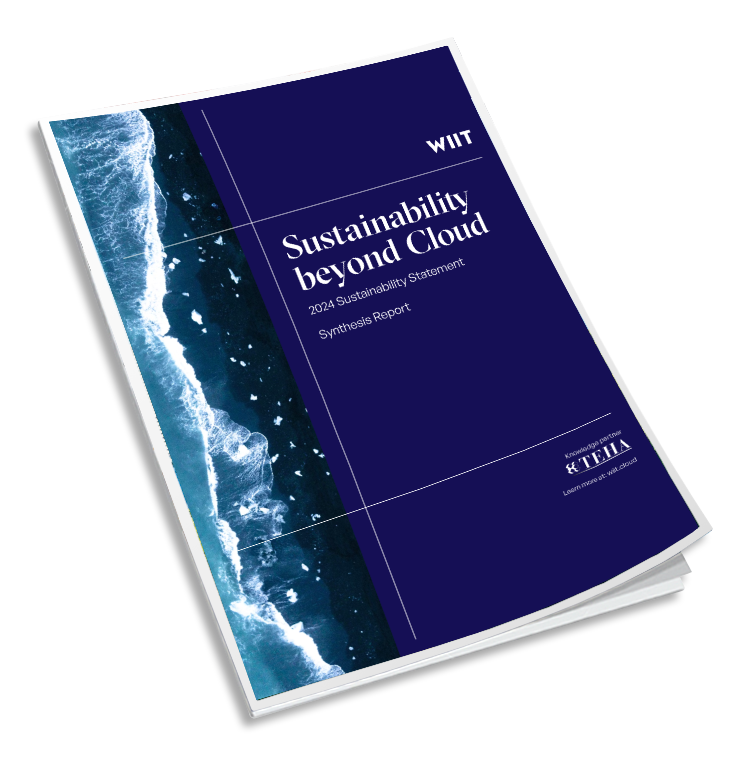ESG GovernanceESG Governance model
Listing on the STAR segment in 2019 has required WIIT to strive
to achieve excellence in terms of transparency and corporate governance.
Our Model provides for different figures and corporate bodies
entrusted with the task of defining organizational forms and concrete actions
to ensure the long-term commitments set out in the ESG Plan.
ESG GovernanceMembers
Board of Directors (BoD): it ultimately approves the Sustainability Statement, which includes the results of the materiality analysis and organisational and sustainability strategies, develops management policy, hires, supervises and remunerates senior managers, and ensures the organisation’s legal accountability to the authorities. Finally, the BoD delegates responsibility for managing ESG impacts to the ESG Committee.
ESG Board Member: annually reviews and assesses the compliance of the Group’s non-financial reporting.
ESG Committee: approves or updates the double materiality assessment on an annual basis.
ESG Manager: coordinates all activities related to nonfinancial reporting and presents the document to the Board of Directors.
ESG Leader: consolidates the data and information necessary for the annual non-financial reporting of the Group.
Corporate Functions: collect and monitor the collection of data received and information from Country Functions within their responsibility, necessary for the annual non-financial reporting.
Country Functions: process the data and information required for the annual non-financial reporting of the Group and transfer this information to the Corporate Functions.


























